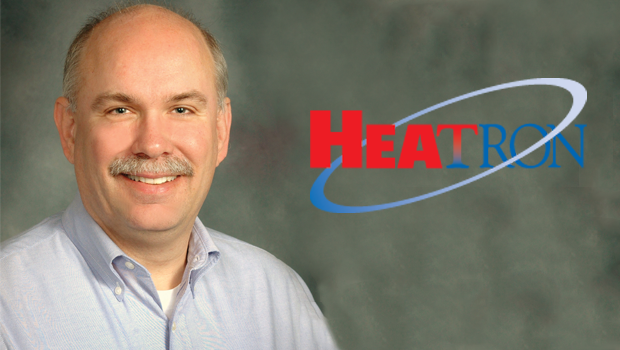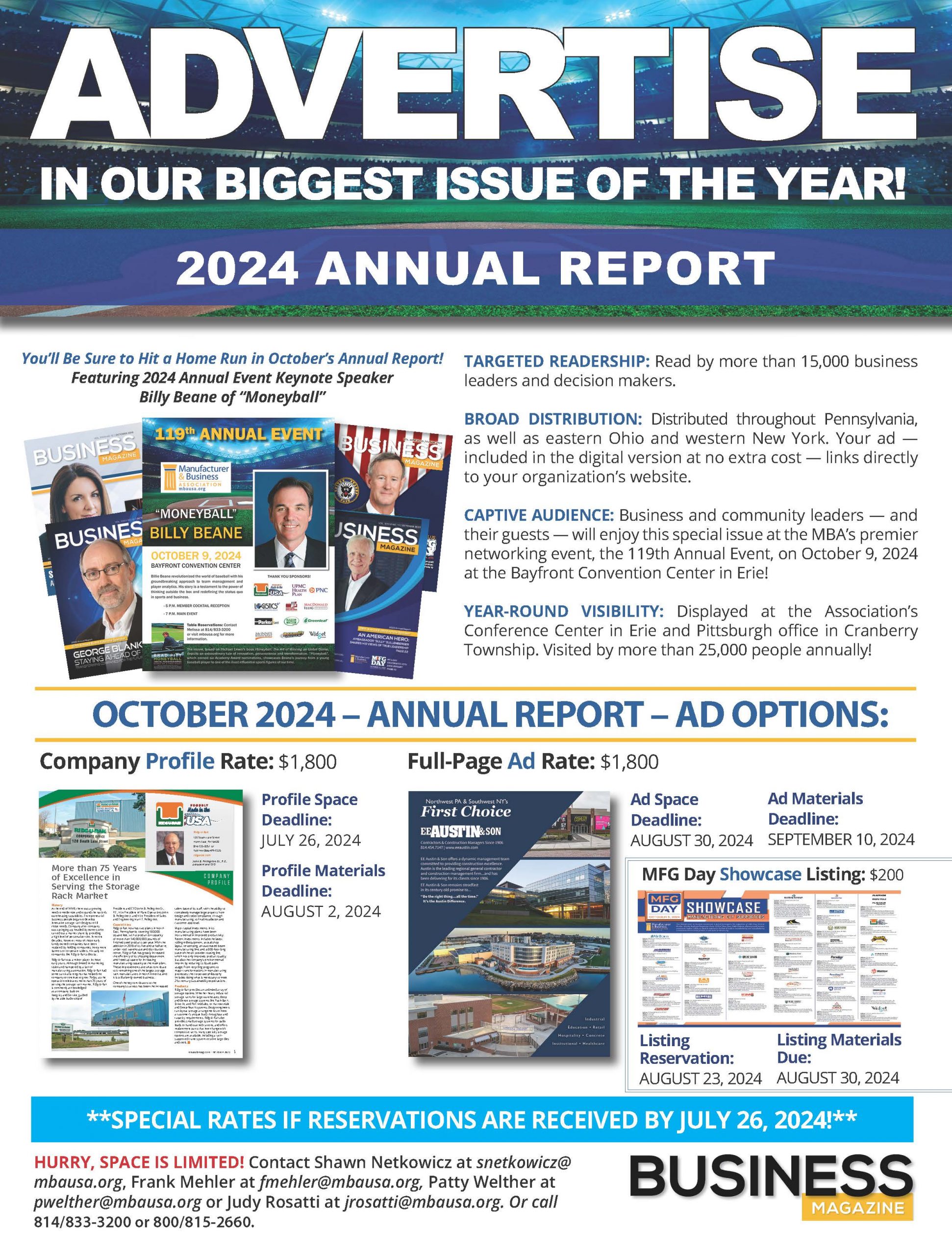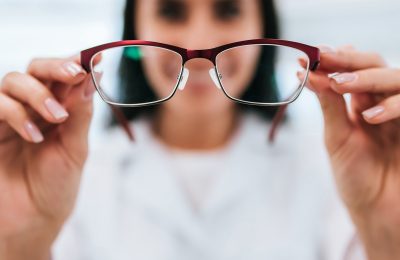The United States remains the largest medical device market in the world with a market size of around $110 billion, and it is expected to reach $133 billion by 2016. Recently, the Business Magazine met with Bob Martter, vice president — Erie operations, for Heatron, Inc., a privately held company headquartered in Leavenworth, Kansas to learn more about this growing segment.
First, please give our readers a little bit of background about Heatron and how it began.
Heatron is a custom engineered component manufacturer for OEMs, original equipment manufacturing companies. We don’t make the final product — we make the critical subcomponent that goes in the product.
Our core business began in 1977 in Leavenworth, Kansas in the design and manufacture of heating components for OEMs. Our LED Integration unit uses thick film technology for light fixture manufacturers. Other areas of business in Erie include printed circuit boards and component assembly.
We are an ISO 9001:2008 registered company. In 2002, Heatron acquired ECA Electronics, the world’s largest producer of custom ceramic-coated metal circuit boards, located in Erie, Pennsylvania. This unit became our Thick Film division, which is an industry leading technology with many applications in the medical industry.
Describe the industries you do work for and some of the products you produce.
Heatron serves a multitude of industries. We specialize in industries with tight, exacting standards and regulations, such as medical, aviation, semiconductor and industrial device components. We make heaters for anything from passenger comfort in airplanes to 3D printers to environmental remediation solutions. And, of course, medical devices.
How did you get involved in the medical device manufacturing industry?
The very nature of medical equipment demands quality, compliance and accountability. We knew we could meet and exceed the stringent FDA, UL, IEC 60601, GMP and international regulatory requirements in our design and manufacture of custom medical device applications.
One of our first ventures into the medical applications industry happened because we were able to provide a UL recognized heater design for a German medical device manufacturer when their in-house design failed to qualify.
In another early venture for respiratory management, a competitor won the bid. We told the customer of our concerns in the competitor’s design and that the heater would burn up. Sure enough, the product caught fire in the trials and the customer turned to us. We’re now designing the fourth generation of the product and we provide our customer with a million heaters a year.
Heatron specializes in the creation of custom applications to fit specific size, power, temperature and control specifications for a wide array of medical equipment and devices. The expertise that Heatron provides as one of the top heating element manufacturers ensures attention to detail on every project, no matter the size or scope.
Explain some of the medical applications using Heatron’s heating technologies.
Our heating elements are found in some of the world’s most innovative and award-winning medical products and devices. Medical devices include patient comfort systems, CPAP and vapor therapy machines, dialysis systems (in-home and on-site), fluid warming for treatment and sterilization, humidity control, and wound treatment. Lab equipment and analysis uses include DNA testing, blood analysis, breathalyzer and chemical trace, and microbial identification.
Heatron recently underwent an extensive expansion at its Erie facility. Tell us how this came about, what it entailed, and how it has impacted your work force and operations.
The expansion increased production capacity following a record breaking sales year in 2014. This expansion also created a 30-percent increase in square footage as well as new state-of-the-art equipment and 100 additional high quality jobs for the Erie region, essentially tripling the work force. Completed in just six months, the expansion provides additional space for engineering services, including prototyping and analytical instrumentation, and an increased footprint for assembly. Additionally, the company will experience increased surface mount technology automation for thick film heaters, printed circuit boards and LED lighting modules.
With the completion of Phase I construction in September, plans are now under way for Phase II, focusing on interior remodeling for improved employee facilities and expanded engineering and quality management space. Despite the potential disruption of the expansion, the team in Erie has maintained its ongoing commitment to quality for current customers.
We’re designing a number of heating products for top medical device markets, including molecular diagnostics and point of care testing, vaporized drug delivery systems, sterilization and wound management, to name a few. We are seeing more interest for thick film products that require tighter tolerances, smaller profiles, less material and superior mechanical performance.












